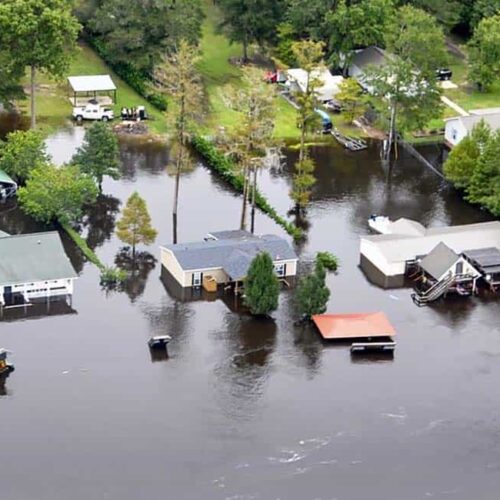Introduction
One of President Joe Biden’s first actions after his inauguration Wednesday was signing an executive order to rejoin the Paris climate agreement.
There’s no time to waste in the fight against global warming, and here’s one number that drives it home: 76. That’s how many disasters and temperature anomalies scientists have demonstrated were made more likely or intensified by climate change from 2015 to 2020, from Hurricane Harvey’s unprecedented flooding in Texas to extreme heat that played a role in the catastrophic Australian bushfires.
The sobering statistic was in a recent report from the medical journal The Lancet that focuses on the warming climate’s impact on our health and wellbeing. Researchers also pointed to rising deaths from extreme heat and an increasing caseload of diseases that flourish in warmer conditions.
Our “Hidden Epidemics” series with Columbia Journalism Investigations has looked at those very dangers. We wanted to know how the government prepared for and responded to them, and what we found was inexcusably weak.
Though the federal government was discussing the health risks of a warming planet at least as far back as the 1980s, the Centers for Disease Control and Prevention didn’t begin to focus on the problem until 2009. That’s when it launched a climate program to help state and local health departments safeguard their residents.
But the effort has been underfunded from the start. Few health departments are getting CDC assistance. And a decade of political resistance, first from states that would rather ignore climate change and then from the Trump administration, made things worse.
The Department of Defense has called climate change a “threat multiplier.” Hearing the stories of people who needlessly died from heat, many in homes they couldn’t afford to cool, underscored for us how much it’s an inequality multiplier as well. People with less — less money and political power especially — are often the most affected.
“This fact reveals a deeper question of justice,” the writers of the Lancet piece said.
We can’t do this work without your support.
When we wrote about the stress and trauma of living in areas with repeated hurricanes, flooding and wildfires, we heard from people who want the country to reflect on that deeper question. And to do something about it.
“Many people in the South [were shunted to] low-lying areas by the federal and state government, by Jim Crow,” said Hilton Kelley of Port Arthur, Texas, a majority Black and Hispanic community hard hit by 2017’s Hurricane Harvey. “Those properties have been passed on through families. Now that we’re being flooded out, we’re being told we have to lift ourselves up by our bootstraps again. … Is that fair?”
Our investigation this week into two epicenters of heat illness underscores how much the country’s history of segregation continues to impact lives.
Former President Donald Trump treated climate change like a hoax instead of a crisis, and his administration worked to undo efforts begun by his predecessor. But the CDC’s climate program, launched at the start of the Obama administration, didn’t make much headway during those years, either.
Biden has pledged to make climate change and environmental justice a priority. Soon we’ll have a clearer picture of how his administration plans to tackle these intractable problems.


Join the conversation
Show Comments